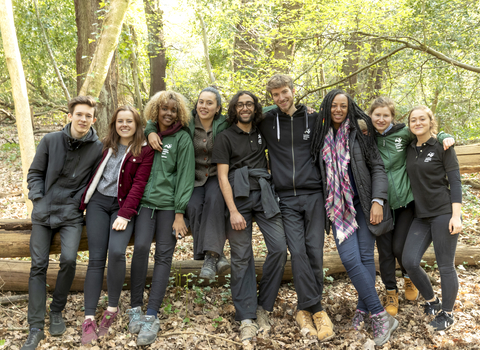1. Plan your trip
There's nothing worse than going out for the day, ready to capture some great images, then realising your battery isn't charged or you have no memory on your SD card (I'm very guilty of this)! Check the weather and make sure any areas you’re planning to visit are open that day.
2. Don’t be afraid to use your phone
Make the most of the lightweight, multipurpose camera in your pocket. Downloadable camera apps and clip on lenses give you the scope to experiment with the images you take and take on easy post-photo editing. You can even use a pair of binoculars as a zoom lens!

